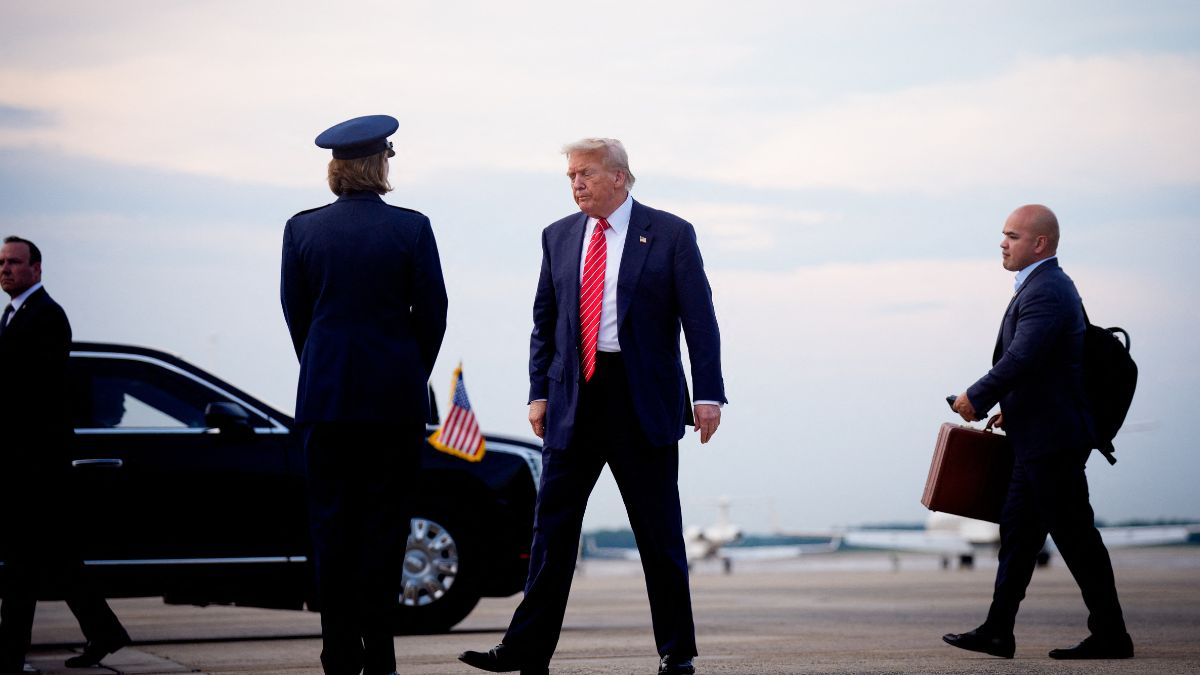On July 4, 2025, the United States of America will commemorate its 249th year of independence . In the span of over two centuries, the country’s place in the world order has changed dramatically. From staying relatively isolated in the initial years of its independence, the US became a hegemonic power after the fall of the Soviet Union.
However, this global dominance is currently on decline, with the rise of the multi-polar world order. The decline has become even more apparent with the comeback of US President Donald Trump in the White House. With Trump-induced global uncertainties, regional blocs and countries are looking for alternatives.
Meanwhile, Trump’s policy has been more inward-looking over the years. This can be reflected by his brainchild, the “ Make America Great Again movement (MAGA). Right after he returned to the White House, he signed a plethora of executive orders, including cutting foreign aid and imposing high tariffs. He closed the American border and significantly reduced US military presence overseas, questioning alliances and exuding scepticism toward international institutions like the UN, WTO and NATO.
This compelled the US’s allies to look for alternatives, with multiple countries and regional blocs signing Free Trade Agreements (FTAs) with each other. Here’s why under Trump, the US no longer enjoy the hegemony it once used to have.
Trump and wars
While campaigning to return to the White House, Trump made a highly ambitious proclamation of ending the Russia-Ukraine war in 24 hours . However, it has been over 100 days since he returned to the White House, and the war between the two nations is still raging.
Trump’s struggle to bring Russian President Vladimir Putin and Ukrainian President Volodymyr Zelenskyy to the negotiation table can be seen in the fact that he often jumped in and out of peace talks.
During the 12-day confrontation between Israel and Iran , Trump once again attempted to bring peace in the region. He called for a ceasefire after bombing three of Iran’s nuclear facilities. However, neither Iran nor Israel stopped fighting, reflecting the diminishing influence of the US. An angry Trump eventually told reporters that Israel and Iran have been “fighting so long and so hard that they don’t know what the f**k they are doing ”. In a similar brazen manner, Trump went on to claim that he stopped the India-Pakistan conflict. While Pakistan supported the President’s narratives to gain brownie points, even to this day, India rejects Trump’s claim, reflecting that the US no longer has the power to change the direction of the conflict.
Impact Shorts
More ShortsApart from this, Trump often tends to diminish the importance of international groups like NATO , the European Union and the United Nations. In March, he casts doubt on the US’s willingness to defend Nato allies. “It’s common sense, right?” Trump told reporters in the Oval Office. “If they don’t pay, I’m not going to defend them. No, I’m not going to defend them.” He often called out the UN for its inability to preserve international peace.
Trump tariffs are pushing countries away from the US
In April this year, Trump commemorated “ Liberation Day ” by announcing reciprocal tariffs on goods the US imports from different countries. He announced a blanket tariff of 10 per cent on all nations and introduced additional tariffs on countries like Japan, South Korea, Vietnam, and India.
China, however, faced the major brunt of it with tariffs ranging as high as 125 per cent. While these tariffs are yet to come into force, in the words of Trump, countries rushed to sign bilateral trade deals with the US, with the UK already having one in place and India finalising its trade deal.
Amid the tariff saga, several countries and regional groups joined hands and signed FTAs with each other, providing a new alternative to the US hegemony.
India has signed FTAs with the UK and Australia
, with a deal with the EU on the cards by the end of this year.
Similarly, South America’s largest trading bloc, Mercosur, signed a trade deal with the four-nation European Free Trade Association (EFTA) on Wednesday. Over the years, China have also been enhancing its influence around the world with its Belt and Road Initiative.
When asked if Trump tariffs would eventually push US allies towards China, renowned American economist Jeffrey D. Sachs emphasised that there is more to the story.
“Trump is alienating the rest of the world over many issues, including tariffs, but also sanctions, threats to sovereignty (e.g. vis-à-vis Canada, Panama, and Greenland), and reckless disregard for climate change,” he told Firstpost in an interview on April 11 .
Chaos at home
Chaos ensued across the United States ever since Trump came back to power. Domestic political polarisation and economic challenges complicate US governance and its ability to project global leadership. For instance, when the US was intervening in the Iran-Israel war, the United States’ Los Angeles was witnessing protests over the ICE raids on immigrants.
The demonstrations were so severe that the Trump administration went on to threaten the arrest of LA Mayor Karen Bass and California Governor Gavin Newsom . Trump eventually compared the protests in LA with an “invasion of third-world lawlessness”.
In terms of the economy, Wall Street witnessed a decline the moment Trump announced sweeping reciprocal tariffs. This eventually prompted Trump to pause the tariffs to prevent a crash of the American markets.
Hence, political and economic volatilities induced by Trump’s policies are taking the US’s attention away from what is happening in the world and giving space to other powers to fill the vacuum, transforming the world into a multipolar world order.
)